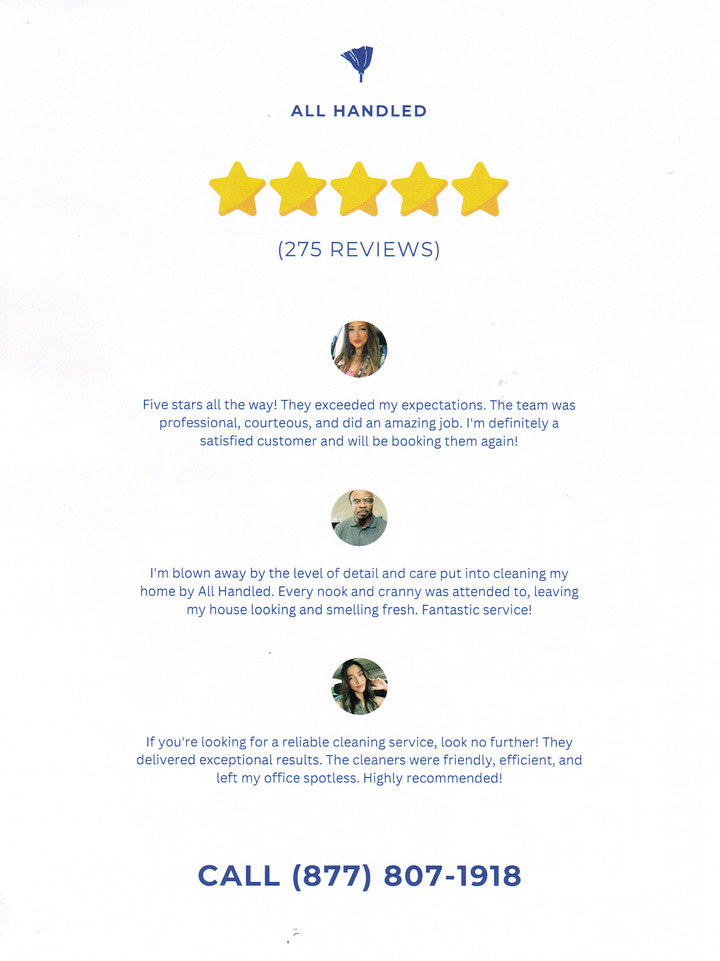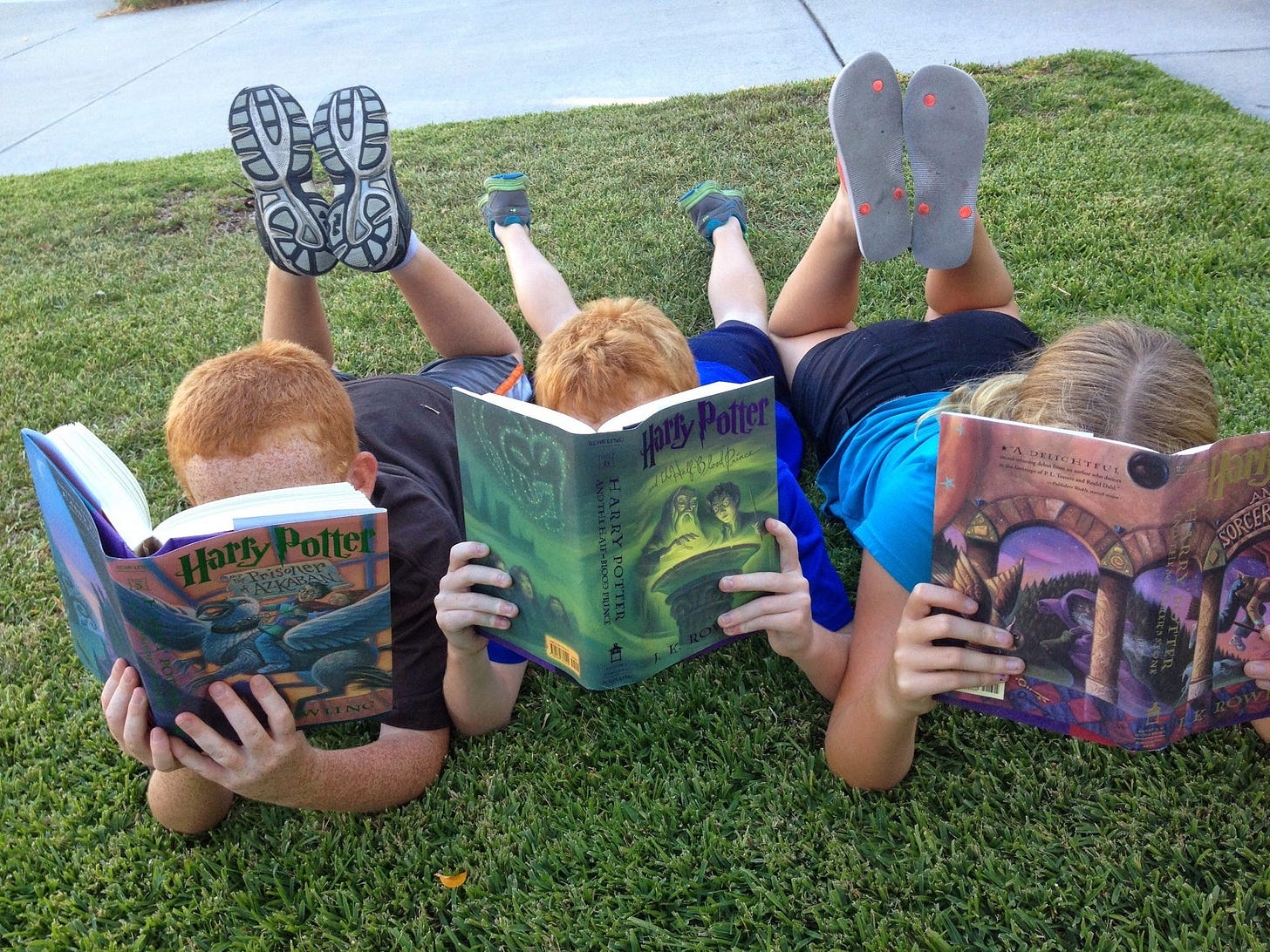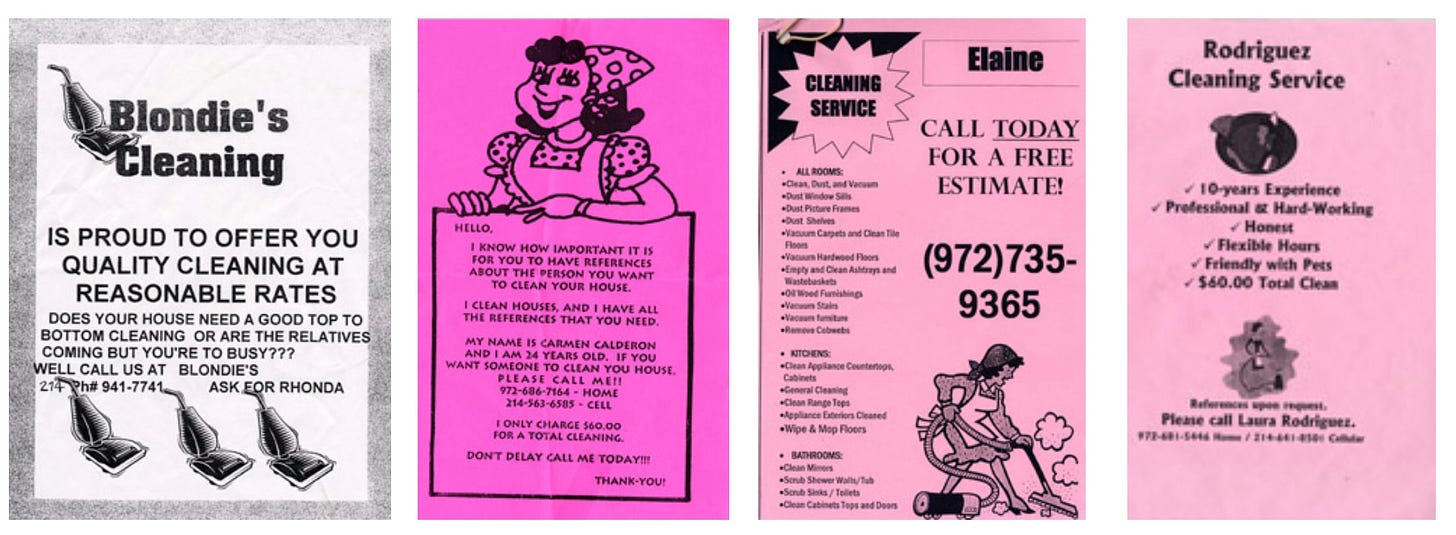Why Did Kids Stop Reading for Pleasure?
It's a mystery. Plus a roundup of interesting things I've been reading.
Dan Kois writes about the decline in reading books among kids 8 to 12 and the precipitous decline in reading books for fun.
Ask anyone who works with elementary-school children about the state of reading among their kids and you’ll get some dire reports. Sales of “middle-grade” books—the classification covering ages 8 through 12—were down 10 percent in the first three quarters of 2023, after falling 16 percent in 2022. It’s the only sector of the industry that’s underperforming compared to 2019. There hasn’t been a middle-grade phenomenon since Dav Pilkey’s Captain Underpants spinoff Dog Man hit the scene in 2016. New middle-grade titles are vanishing from Barnes and Noble shelves, agents and publishers say, due to a new corporate policy focusing on books the company can guarantee will be bestsellers.
Most alarmingly, kids in third and fourth grade are beginning to stop reading for fun. It’s called the “Decline by 9,” and it’s reaching a crisis point for publishers and educators. According to research by the children’s publishers Scholastic, at age 8, 57 percent of kids say they read books for fun most days; at age 9, only 35 percent do. This trend started before the pandemic, experts say, but the pandemic accelerated things. “I don’t think it’s possible to overstate how disruptive the pandemic was on middle grade readers,” one industry analyst told Publishers Weekly. And everyone I talked to agreed that the sudden drop-off in reading for fun is happening at a crucial age—the very age when, according to publishing lore, lifetime readers are made. “If you can keep them interested in books at that age, it will foster an interest in books the rest of their life,” said Brenna Connor, an industry analyst at Circana, the market research company that runs Bookscan. “If you don’t, they don’t want to read books as an adult.”
As someone who spent her childhood immersed in books, I find this sad. It’s possible that videos are providing some of the same stimulation and solace, but I doubt it.
The main obstacle seems to be that recommendation chains have broken:
Traditionally, middle-grade book discovery happens via parents, librarians, and—most crucially—peers. At recess, your best friend tells you that you have got to read the Baby-Sitters Club, and boom, you’re hooked. That avenue for discovery evaporated during the pandemic, and it hasn’t come back. “The lag in peer-to-peer recommendations seems to be lingering,” said Joanne O’Sullivan, a children’s book author and PW reporter. “Kids are back in school, so why aren’t they sharing recommendations with each other? Why aren’t they as enthusiastic about books as they were prepandemic?”
I found all the proffered explanations only partially persuasive and can think of others. Maybe the kids likely to read are overscheduled, with too little free time to discover and enjoy books. And I have to wonder whether the assumption that kids want to read about people like themselves—aka identity politics—is part of the problem. One reason publishers turned down J.K. Rowling’s original Harry Potter manuscript was that they thought the boarding school setting might seem too “exclusive.” I remember reading somewhere that Rowling worried that American readers wouldn’t understand it. Yet the setting’s very exoticism is one of books’ appeals.
Do kids feel even they have permission to read for fun about people who are different from themselves? This may be projection on my part, I realize. Before our elementary school was integrated when I was in fourth grade, I used to read a fair number books about black heroes like Harriet Tubman that I got from the school library. Afterwards, I felt like those books were for the black kids, and I shouldn’t intrude on their territory. Of course, this was in South Carolina in 1969, when the gulf was enormous.
Maybe teachers should do more reading aloud to their classes. I discovered the Little House books when our fifth grade teacher read us On the Banks of Plum Creek (interesting that she started in the middle of the series). She also read us Snow Treasure, which I remember as incredibly exciting. It’s about Norwegian kids smuggling gold on their sleds during the Nazi occupation. Schools would undoubtedly deem these books too old-fashioned for today’s kids, but one of the most enjoyable aspects of reading is leaving the here and now for other times and places.
The Aesthetic Imperative
In The Substance of Style, I coined the phrase “the aesthetic imperative” to describe the growing demand to how previously purely functional things looked. In talks about the book, I would show these flyers, which would-be housekeepers left at my door in Dallas. Twenty years ago the idea of a typeset flyer (with clip art!) for maid service was a radically new idea.
So I particularly enjoyed this fun interview at
with Max Kolomatsky, who redesigns street flyers to present the same information in a more compelling way. Here’s a before and after.And here’s what the flyers I get today look like.


Foreign Food
Long before The French Laundry was a punchline to jokes about California Governor Gavin Newsom’s pandemic double standards, it was the “temple of haute cuisine” that food writer and cook Fuschia Dunlop chose to showcase western cuisine to visiting chefs from Sichuan province. “You’re very lucky, because we are going to visit one of the best restaurants in the world,” she told them on the way. They weren’t impressed. Dunlop’s 2005 article about their reactions is a fun read: “Will they, I wonder, go back and tell their friends appalling stories about raw meat and olives, plainly the American equivalents of snake soup and scorpions?” (h/t
of )Stamping Out Gays
Back in January, Jonathan Rauch published this deep dive into the federal government’s 70-year war on gays, which The Atlantic, for reasons unknown to me, barely publicized and didn’t include in its print magazine. I was impressed at the time and highly recommend that you read it. One takeaway is how historically extreme the midcentury campaign to stamp out homosexuality was. It represented a concerted, government-led departure from the social stigma and quiet disapproval that previously existed. Excerpt:
You may be aware that for decades the U.S. government fired homosexuals, the military discharged them, and police arrested them. Some of these actions are well within the living memory of most adults. Yet if you are like most people—including me, when I began researching this article—you have not fully appreciated that these policies were not discrimination of any ordinary sort. Beginning in the 1940s and continuing for more than six decades, the United States waged a campaign of legal, social, and psychological obliteration against its homosexual population. (Because society targeted what it identified as “homosexuality,” I will primarily use that term throughout this essay, but make no mistake: People who today would identify as lesbian, gay, bisexual, transgender, or gender-nonconforming were all targeted.) The campaign was initiated by the federal government but recruited all of society. The pressure could be felt everywhere. It found you not only at work, where you could be fired, or in bars and clubs, where you could be arrested, but also on the street and in public spaces, where you could be harassed or assaulted; in a doctor’s care, where you might be deemed mentally ill; at home, where you saw gay people ridiculed and pathologized on TV.
The goal, as the historian and legal scholar William N. Eskridge Jr. writes in his 1999 book Gaylaw, was not merely to disadvantage homosexual people; it was to erase homosexuality from every corner of public life. A 1964 report by the Florida state government approvingly quoted a scholar who said that “society would feel better if there were no homosexuals,” and that was exactly what society sought. Some of what America did to its LGBTQ citizens would have been right at home in places such as prewar Germany, Communist East Germany, and any number of repressive states today. Eskridge shows that, on paper, the anti-homosexual laws, regulations, and police practices in the U.S. at the height of its war on homosexuals were “virtually identical” to the anti-homosexual rules of Germany in the 1930s. The campaign stands, at its peak, as America’s purest national experiment with totalitarianism. Although not the cruelest or deadliest of America’s historical oppressions—no populations were decimated or relocated; no people were enslaved—it stands apart in its use of every governmental and social channel to eliminate the very thought of “deviance.”
The Liberalism of Refuge
In an essay titled “The Liberalism of Refuge,” political scientist Bryan Garsten proposes a new understanding of the strengths and definition of liberal societies:
“Frustrated by persisting inequality, oppression, and corruption in liberal societies, and disillusioned with liberalism's failures, many are stepping away. Yet liberal societies are still admirable because they offer refuge from the very people they empower. They require rulers to accept limitations on their power and provide escape hatches from the worst parts of political life. Offers of refuge may be found in opposition political parties, independent institutions, reasonably autonomous local communities, powerful civil society organizations, and the market economy. There is a nobility in offering refuge, in the safety and opportunity it presents for building something new.”
We will be discussing this essay next Friday, May 31 in our online reading group for paid subscribers.
Self-Serving Notices
I will be in Wichita for weaving-related conferences July 6-9 and 11-17. I will not be tied up the entire time and would welcome speaking opportunities or other book-related events.
Also, I am looking for speaking opportunities in Ohio and Tennessee to help finance some research trips. Of course, I’m also always open to invitations from other places!
If you’re looking for a business credit card, you can use this link for a Chase Ink card, which is what I use, and I will get a bunch of points to use for research trips.
Speaking of painless ways to support my work, when you follow an Amazon link from my site I get a small percentage of anything you buy on that trip. I’ve been an Amazon Associate since they established the program in July 1996.







Kois minimizes the use of screens as a factor. His 30% statistic seems low—it is three years old and covers nine-year-olds, while 11-, 12-, and 13-year-olds are getting phones at much higher rates in middle school, where much of the reading decline is happening. Additionally, 8- and 9-year-olds are likely to have non-phone screens at home and in vehicles. The children who are more likely to get phones sooner are the ones who would have been the more prolific readers in the past, since screen adoption correlates with socioeconomic status, which in turn correlates with reading volume. Quite simply, it IS screens. More accurately, it is the algorithms running the screens, generating more dopamine, with which black text on white paper cannot compete. Screens are shortening attention spans and impairing thinking, which Jonathan Haidt proves beyond reasonable doubt in "The Anxious Generation," despite a campaign to discredit him by magical thinkers hoping to find ways to absolve themselves from the damage screens have done. I have had the honor and privilege to teach perhaps 400 7th, 8th, 9th, 10th, 11th, and 12th graders during the past three years. My observational and analytical skills were honed over 35 years in journalism, politics, law, policy, pre-screen pervasiveness teaching, and data analysis before that. I guarantee you the answer for the decline in reading books is crystal clear: screens, screens, screens. (The answer, by the way, can't be to simply ban screens in certain situations. That alone won't bring back reading. The answer is probably to defeat frivolous algorithms with better algorithms, using AI, to provide even more "stimulation and solace" than books yielded when kids read them in the past. If families and schools do this right, the vast wasteland of algorithmic screen content can and will be replaced with "texts" -- interactive within guardrails -- that will get kids back to reading. For the first hint of optimism, see the Khanmigo version of GPT-4 and Sal Khan's new book about how AI can be used to play off of kids' natural curiosity. We don't know exactly what this might look like, but the history of better and healthier technology replacing worse and unhealthier technology is convincing. The important thing, as a former colleague once said, is not how that happens, but that it happens.)
I occasionally teach teachers about writing. In one session, during a break, someone proudly told me she just started as English department chair at her middle school. "Wow," I said. "So what novels are kids reading these days?"
"Well, we actually don't read novels -- not whole novels. We give them stories and sometimes selections from novels."
I was not a precocious leader as a child. But I learned to love reading in English classes with long lists of novels, most in the 200-page range but many 300 or 400 pages.